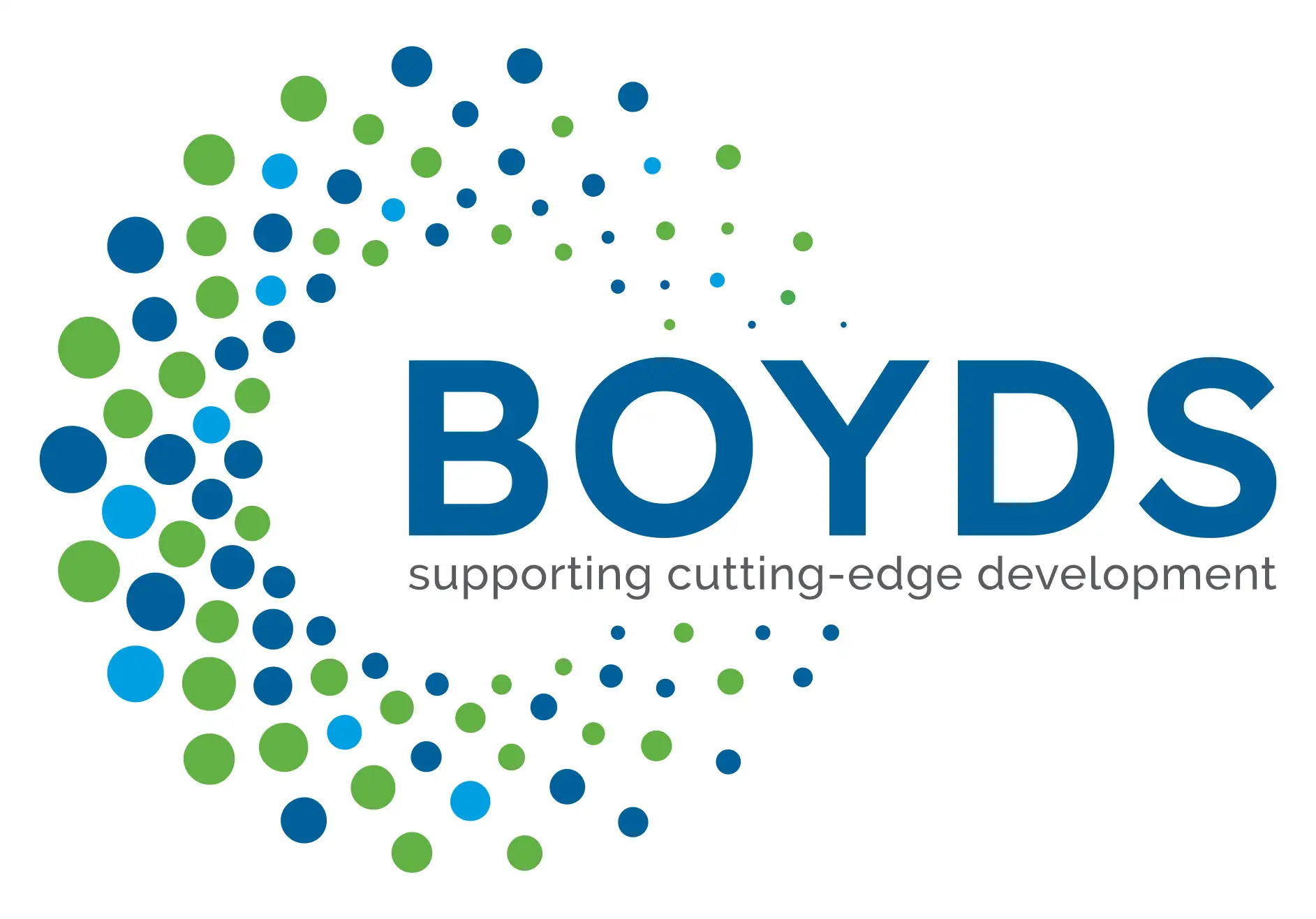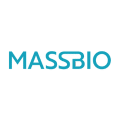Navigating the complex regulatory landscape of medical devices in the EU

The regulatory framework surrounding medical devices in the EU is complex and ever-evolving. In this blog, Eamonn McGowran, Associate Director of Regulatory Affairs at Boyds, discusses the changes and key considerations for developers navigating the regulations, especially when managing combination products that integrate both devices and medicinal products.
In recent years, the biomedical field has seen extraordinary advancements. Breakthroughs in technology, such as mRNA-based vaccines, gene-editing tools, and next-generation sequencing, are reshaping the therapeutic landscape. We are also seeing a convergence of devices and medicines, creating integrated solutions for treatment, diagnosis, and personalized care. Technologies like artificial intelligence (AI), wearable medical devices, mobile health apps, and even 3D printing for personalized therapies are pushing the boundaries of what is possible in healthcare.
Despite the increasing integration of devices and pharmaceuticals, these two categories remain distinct and are governed by separate regulatory pathways. This distinction is crucial for developers to understand, as navigating both sets of regulations is vital when dealing with combination products, to ensure compliance and avoid costly delays.
Medical Device Regulation (MDR) and In Vitro Diagnostic Regulation (IVDR)
The EU’s Medical Device Regulation (MDR) and In Vitro Diagnostic Regulation (IVDR) play pivotal roles in ensuring the safety and effectiveness of medical devices and diagnostics. Developers looking to enter the European market must be well-versed in these regulations to navigate the approval process effectively.
- EU MDR: enforces strict requirements on the design, manufacture, and marketing of medical devices to ensure patient safety.
- IVDR: specifically governs in vitro diagnostic devices, ensuring they meet high safety and performance standards.
For those considering entry into the US market, understanding the US Food and Drug Administration (FDA) regulations is also essential, as they set the standard for device approval across the Atlantic.
Medical devices: industry developments
There have been several recent changes and developments in the EU medical devices sector that developers need to be aware of.
MHRA initiatives
Since Brexit, the UK has introduced significant regulatory changes. In May 2024, the Medicines and Healthcare products Regulatory Agency (MHRA) announced a proposed framework for the international recognition of medical devices. This framework will allow the UK to recognize regulatory approvals from countries like Australia, Canada, the EU, and the US, depending on the type of device and its class.
Additionally, the MHRA has launched a new AI Airlock, a regulatory sandbox for standalone AI medical devices. This initiative aims to address the challenges of regulating AI-driven medical devices and will support several real-world projects. Furthermore, the MHRA has introduced a consultation aimed at improving safety for high-risk in vitro diagnostic devices.
IVDR and clinical trials
The regulatory landscape for clinical trials involving in vitro diagnostics (IVDs) is particularly complex, as it intertwines with both the MDR and IVDR. The European Medicines Device Coordination Group (MDCG) has published a Q&A on the interaction between the IVDR and clinical trials regulations, offering clarity on how developers can navigate clinical trials that involve IVDs.
AI in medical devices
AI is increasingly being integrated into medical devices, raising new regulatory challenges. In the EU, the AI Act has established a regulatory framework for high-risk AI systems, including those used in medical devices. Developers must ensure that their AI-powered products meet the strict standards outlined in the Act, particularly regarding risk management, data quality, and cybersecurity.
High-risk AI systems used in medical devices must undergo a conformity assessment procedure, and developers must consult notified bodies with the appropriate accreditations for AI-based medical devices.
Key considerations for developers
As the regulatory environment continues to evolve, staying informed and proactive will be essential for success in the medical device industry. Here are some key principles that developers need to follow to help bring their innovations to market.
Stakeholder engagement
Engaging with stakeholders early in the development process is critical. Key stakeholders include:
- Notified bodies: independent organizations designated by EU member states to assess the conformity of medical devices.
- Competent authorities: national bodies that oversee the implementation of regulations.
- Medical Device Coordination Group (MDCG): provides guidance to ensure uniform application of regulations across the EU.
Building a collaborative relationship with these bodies early on can streamline the approval process and ensure that your product meets all regulatory requirements.
Clinical trials guidance
Before any medical device can be marketed, it must undergo rigorous clinical trials to demonstrate its safety and efficacy. The regulatory body overseeing these trials depends on whether the product is classified as a medicinal product or a medical device. Developers should consult relevant guidance documents to ensure compliance with both clinical trial regulations and product classifications.
Risk management and standards
Compliance with international standards is vital throughout the development process. For medical devices, two key standards are:
- ISO 13485: specifies the requirements for a quality management system for medical devices.
- ISO 14971: provides a framework for managing risks in the design and manufacture of medical devices.
Adopting robust risk management practices early in the development phase and regularly updating them ensures continued compliance and the safety of the final product.
Upcoming EU initiatives
The EU Member States’ competent authorities for clinical trials and medical devices and the European Commission launched the COMBINE initiative in 2023 with the aim to:
- analyze the root causes of the challenges encountered by sponsors in conducting combined clinical studies (medicine and device trials)
- identify possible solutions.
In December 2024 National authorities in Member States endorsed a new strategy for the COMBINE program, to streamline combined studies of medicines and medical devices, including diagnostics.
In summary
Navigating the regulatory landscape for medical devices in the EU is a multifaceted process that requires careful planning, early engagement with stakeholders, and ongoing attention to regulatory changes. The field is dynamic, and developers must stay adaptable to keep up with new technologies, such as AI, and evolving regulatory standards.
Speak with an expert
Boyds’ team of experienced experts brings a wealth of regulatory expertise and industry knowledge to ensure the compliance of your medical device or combination product.
Get in touch today to find out how we can help you bring your medical device to market.








